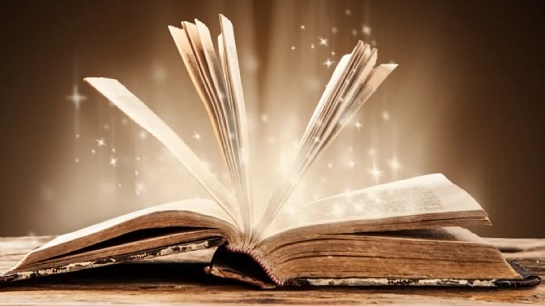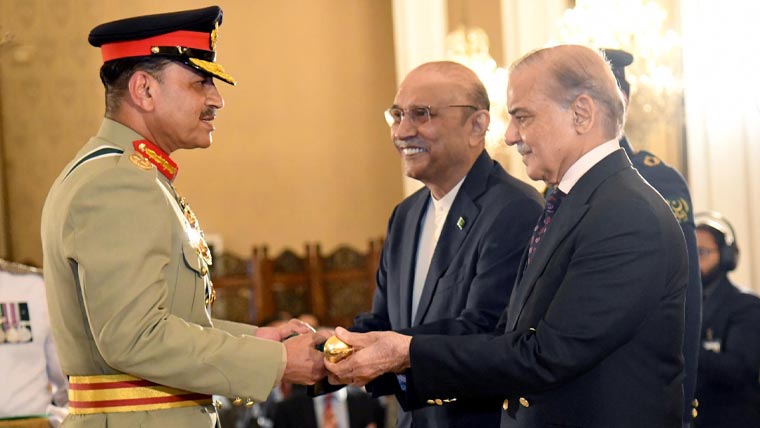Latest
The Evolution of Fiction Tradition in English Literature
The tradition of fiction in English literature has evolved over centuries, shaping and reflecting the cultural, social, and artistic landscapes of different eras. From the earliest works of medieval romance to the modern complexities of postcolonial narratives, the tradition of English fiction is a rich tapestry woven by a diverse array of voices. Medieval Romance: The Birth of Narrative Imagination The roots of English fiction tradition can be traced back to the medieval period, where tales of chivalry and courtly love captured the imaginations of audiences. Works like "Sir Gawain and the Green Knight" and "Le Morte d'Arthur" laid the foundation for narrative storytelling in the English language. These romances, often characterized by quests, magical elements, and heroic deeds, set the stage for the development of fictional narratives. Elizabethan Drama: Shakespearean Exploration of Human Nature The Elizabethan era witnessed the rise of dramatic fiction, with William Shakespeare at the forefront. His plays, such as "Hamlet," "Macbeth," and "Romeo and Juliet," not only became iconic in the realm of drama but also delved into the complexities of human nature, relationships, and societal dynamics. Shakespeare's ability to craft compelling characters and explore universal themes has left an indelible mark on the fiction tradition. 18th Century: The Rise of the Novel The 18th century saw the emergence of the novel as a distinct literary form. Works like Daniel Defoe's "Robinson Crusoe" and Samuel Richardson's "Pamela" marked the beginning of the novelistic tradition in English literature. These novels not only entertained but also provided a space for the exploration of individual experiences, moral dilemmas, and social commentary. 19th Century Realism: Dickens, Austen, and Brontë The 19th century witnessed a flourishing of fiction with the advent of realism. Writers like Charles Dickens, Jane Austen, and the Brontë sisters brought forth narratives that depicted the intricacies of everyday life, societal injustices, and the human condition. Dickens's "Great Expectations," Austen's "Pride and Prejudice," and Emily Brontë's "Wuthering Heights" exemplify the diversity within the 19th-century fiction tradition. Modernism and Beyond: Exploring New Forms The 20th century ushered in the era of modernism, challenging traditional narrative structures and experimenting with new forms. Writers like Virginia Woolf ("Mrs. Dalloway"), James Joyce ("Ulysses"), and D.H. Lawrence ("Lady Chatterley's Lover") pushed the boundaries of fiction, exploring stream-of-consciousness narration and psychological depth. Postcolonial Voices: Diverse Narratives in a Global Context In the latter half of the 20th century and into the 21st century, the fiction tradition in English literature expanded to include voices from postcolonial regions. Authors like Salman Rushdie ("Midnight's Children"), Chimamanda Ngozi Adichie ("Half of a Yellow Sun"), and Arundhati Roy ("The God of Small Things") brought diverse perspectives, cultural richness, and new narratives to the forefront of global literature. Conclusion: A Dynamic and Ever-Evolving Tradition The fiction tradition in English literature is a dynamic and ever-evolving phenomenon. From its humble beginnings in medieval romances to the intricate explorations of modern and postcolonial literature, English fiction continues to adapt, reinvent, and reflect the complexities of the human experience. This rich tapestry of storytelling remains a testament to the enduring power of fiction to captivate, illuminate, and resonate across diverse cultures and epochs.


























Facebook Comments